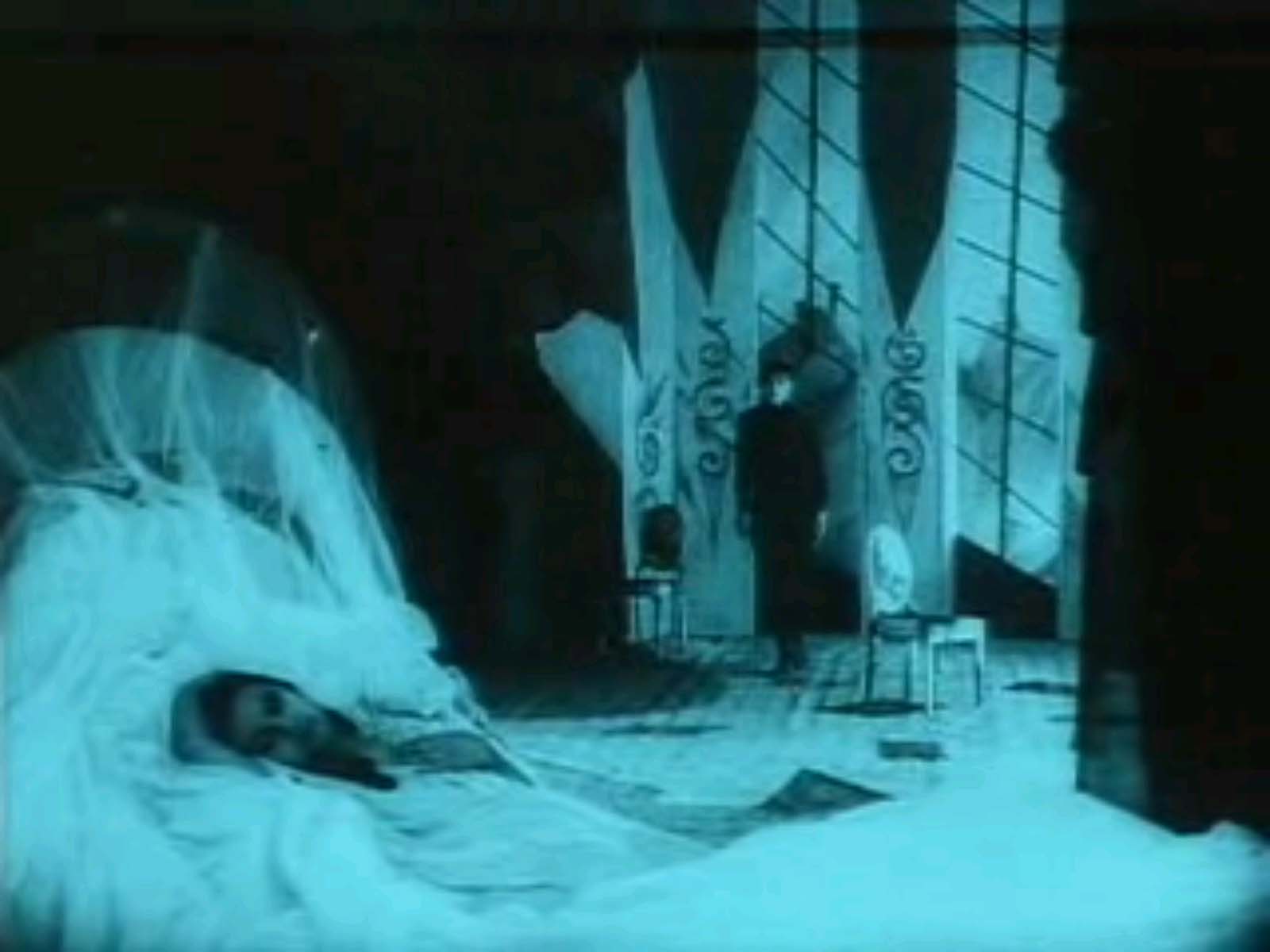Cabinet of Dr. Caligari, The (1920)
“I must know everything. I must penetrate the heart of his secret. I must become Caligari!”
|
Synopsis: |
|
Genres, Themes, Actors, and Directors:
Response to Peary’s Review: Apart from its truly unique sets, what’s most distinctive about Caligari is its twisted narrative structure, in which our comprehension of what we’re seeing is continually shaken; a quick glance at the genres listed above indicates that this short film goes in many different directions throughout its scant hour-plus running time. There’s essentially a story within a story within a story here; to that end, Caligari is a film which nearly demands multiple viewings in order to “get” what exactly is happening. Indeed, Peary notes that Caligari was likely “the first ‘cult’ movie”, given that it played “in one French theater for seven consecutive years” — for this reason alone, no film fanatic can afford to miss it. Redeeming Qualities and Moments:
Must See? Categories
(Listed in 1001 Movies You Must See Before You Die) Links: |






One thought on “Cabinet of Dr. Caligari, The (1920)”
Absolutely a must and, yes, a real masterpiece of silent cinema.
Aside from what’s pointed out in the assessment, I believe its bizarre design – of no fixed period, really – is what keeps the film from aging badly and freezes its nightmare quality. All told, this cult classic remains modern, fresh, and is yet another one of those ‘the-less-you-know-about-it-the-better’ films.
‘Cabinet’ also has remarkably little dialogue. Since that’s the case, you may – on repeat viewings – want to experiment with various soundtracks of your own design to see what kind of different experience you can come up with.
Best line for a gay crowd: “We queens – are not permitted to follow the dictates of our hearts.”